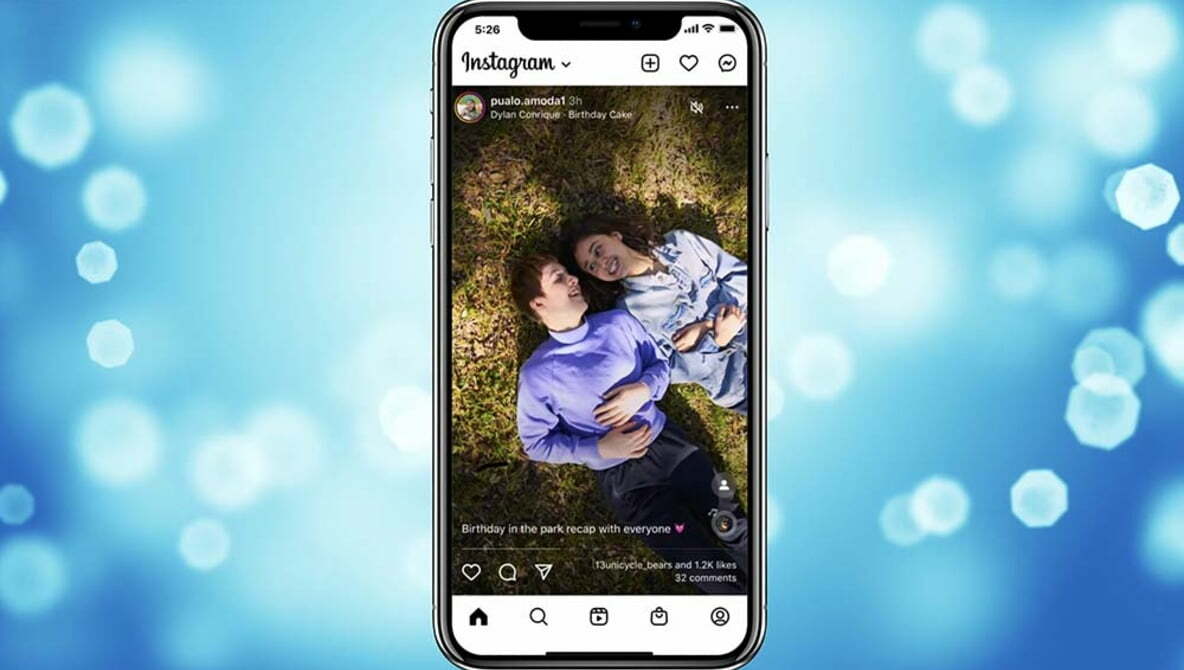Contents
Why Am I Getting Emails From Instagram Saying I’m Having Trouble Logging In?

When you receive emails from Instagram saying you’re having trouble logging in, you should investigate the issue and take steps to ensure the security of your account. This article will cover possible reasons why you may be receiving these emails, including problems with your internet connection, spam or hackers masquerading as Instagram. Once you’ve eliminated these causes, it’s time to move on to more complex solutions.
Two-factor authentication
To enable two-factor authentication on Instagram, follow the instructions below. First, install an authentication app on your device. Google Authenticator is one of the best known such apps, which generates unique 6-digit passcodes that you can use to login to Instagram. Next, go to the Instagram profile page and select the three horizontal lines icon. Next, tap the two-factor authentication option and enter the code from your authenticator app.
After you’ve downloaded the authentication app, you’ll need to enable it in Instagram’s privacy settings. To do so, simply visit the hamburger menu in the upper-right corner of your screen. Then, copy the 6-digit code from the authentication app into the space provided on the confirmation page. Then, paste it into the field provided on the verification page to activate two-factor authentication. Once this is completed, you’re all set.
Spam
Be careful when opening messages or clicking links from suspicious emails from Instagram. They might be genuine, but there is always a risk that you’re being scammed. Make sure that the source of the email is verified and then follow the instructions. Moreover, if you receive an email asking for your password, username, or credit card number, delete it immediately. If you have already given out this information in the past, these messages may be spam.
One of the main scams involves phishing emails that claim that your Instagram account has been reported for spreading fake information. Such emails breach the terms of service of Instagram. The scammers usually urge the recipients to confirm their membership within 24 hours. This urgency is an immediate red flag. The message will lead the recipients to a fake sign-up page where they are asked to enter their username and password. This is a scam that will affect your personal and business finances.
Hackers masquerading as Instagram
If you’re constantly getting emails from hackers pretending to be Instagram, you might want to change your username. You can stop the spam emails by changing your username, but you should keep an eye out for Instagram’s password recovery email rules. The good news is that the Instagram app itself won’t delete your account, so it doesn’t mean that you’re at risk of being targeted. You can contact Instagram by filling out their online contact form or by sending an email to yourself.
Another way to prevent hackers from accessing your account is to set up two-factor authentication. Two-factor authentication requires you to enter a different form of information in order to log in. Multifactor authentication is a better option than using your phone number to verify your identity. Authentication apps can also help you keep your account secure. To prevent scammers, use strong passwords.
Problems with internet connection
If you’re having trouble logging into your Instagram account, there are a few things you can try. First, check to see if you have a stable internet connection. Make sure the speed and quality of your connection is satisfactory by using the speed measurement services, and then restart your device. If this doesn’t help, try disabling mobile data and Wi-Fi. Your internet connection may be too slow or is spread too thin. Check to see if your firewall is blocking your connection.
Sometimes, simply restarting your device will solve this problem. This will ensure that the app shuts down properly, and the new connection will be made when you reopen it. If this doesn’t work, you should contact Instagram support to see if there is a different way to fix the problem. Sometimes, restarting the modem or router will resolve the problem. Once you’ve tried all these steps, you’re likely to see an improved connection.















